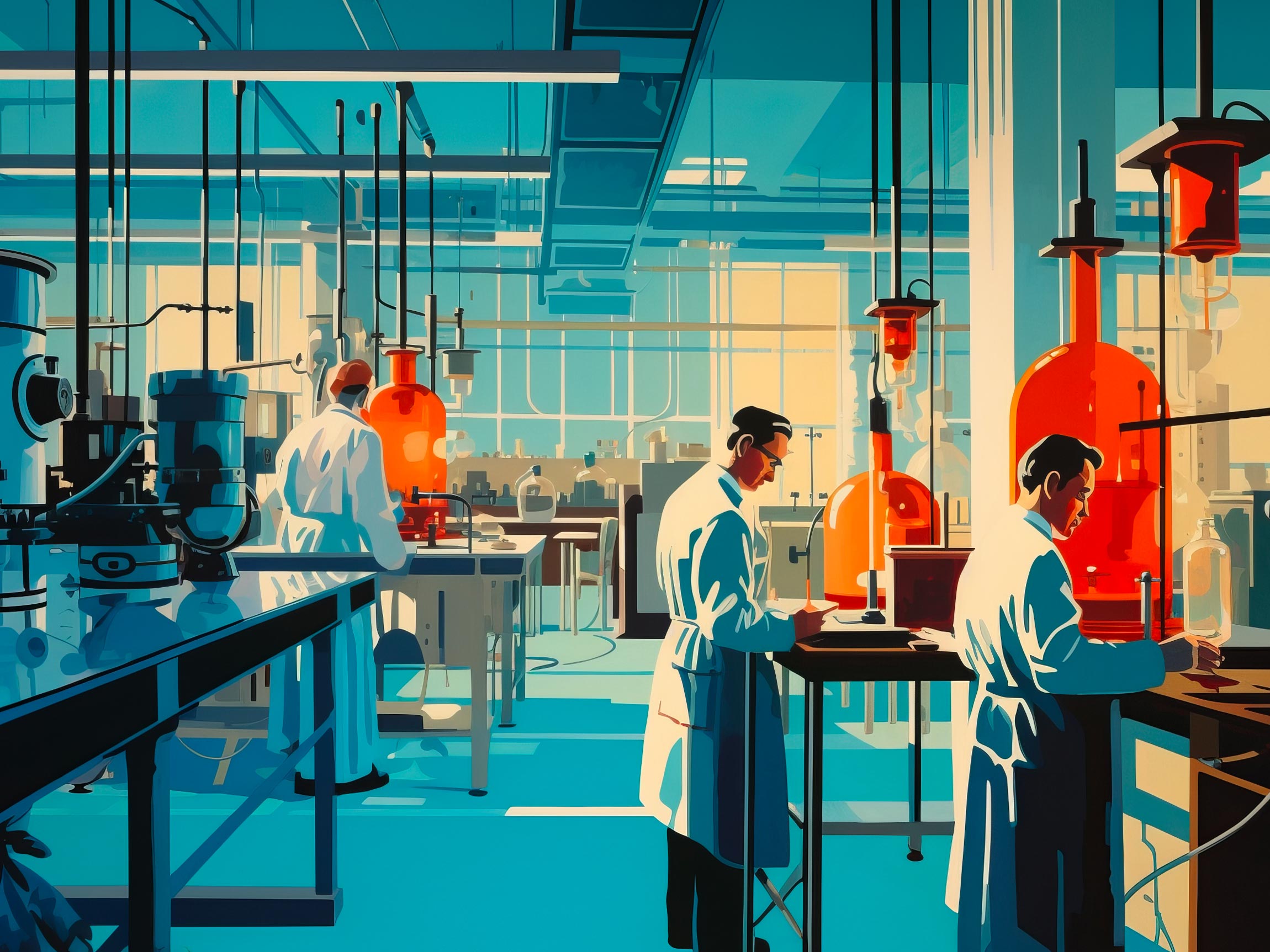Laboratories are the crucibles of innovation, where scientific discoveries come to life. While the focus of laboratories has always been on groundbreaking research and experimentation, the environments in which these endeavors unfold have evolved significantly over time. The role of design in shaping these scientific workspaces is an often-overlooked aspect of the scientific workspace.
Traditional Foundations: Laboratories of the Past
Before the age of modern scientific advancements, laboratories were often characterized by a utilitarian and segregated layout. Workstations and equipment were organized in a rigid and linear fashion, reflecting the prevailing belief in a structured approach to scientific inquiry. The focus was on individual research, with limited emphasis on collaboration or interdisciplinary exchange. Design, in this context, primarily served functional purposes, ensuring that experiments were conducted safely and efficiently.
The Collaborative Revolution: Embracing Interaction and Flexibility
As scientific disciplines expanded and the boundaries of knowledge blurred, the need for interdisciplinary collaboration became increasingly evident. Laboratory design responded by undergoing a seismic shift towards fostering interaction and adaptability. Open-concept layouts emerged, breaking down physical barriers and encouraging scientists from diverse fields to converge and exchange ideas. This evolution was a testament to design’s role in enhancing communication and innovation. Collaborative workstations, shared spaces, and dynamic furniture arrangements became the hallmarks of this era, illustrating how design could facilitate the cross-pollination of ideas.
Ergonomics and Efficiency: Design Principles for Scientific Productivity
In the quest for scientific breakthroughs, researchers often spend long hours in the laboratory. Recognizing the importance of human-centered design, laboratories began to prioritize ergonomic considerations. The arrangement of workstations, lighting, and even the accessibility of equipment were all strategically designed to enhance researcher comfort and well-being. A comfortable scientist is a productive scientist, and design played a pivotal role in ensuring that the laboratory environment supports, rather than hinders, the pursuit of knowledge.
Flexibility and Future-Proofing: Adapting to Changing Needs
The dynamic nature of scientific research demands laboratories that can adapt to evolving technologies and methodologies. Forward-looking laboratory design incorporates flexibility as a core tenet. Modular furniture, reconfigurable spaces, and adaptable layouts ensure that the laboratory can seamlessly accommodate changing research requirements. This future-proofing approach reflects the parallels between the adaptability of scientific inquiry and the malleability of design solutions.
The Aesthetic and the Functional: Form and Purpose in Harmony
While functionality remains paramount, contemporary laboratory design has also embraced aesthetics as a means of promoting creativity and inspiration. A visually pleasing and well-designed laboratory can uplift researchers’ spirits, fostering an environment where curiosity thrives. Thoughtfully curated color palettes, natural light integration, and artful displays all contribute to a harmonious blend of form and function, reiterating that design’s influence transcends mere functionality.
A Fusion of Creativity and Discovery
The evolution of laboratory layouts exemplifies the intricate interplay between design and scientific progress. From the rigid structures of the past to the dynamic and adaptable spaces of today, design has consistently played a pivotal role in shaping the way researchers engage with their work. As laboratories continue to evolve, one thing remains clear: the symbiotic relationship between design and scientific inquiry is poised to drive future innovations and propel humanity towards new frontiers of knowledge.


